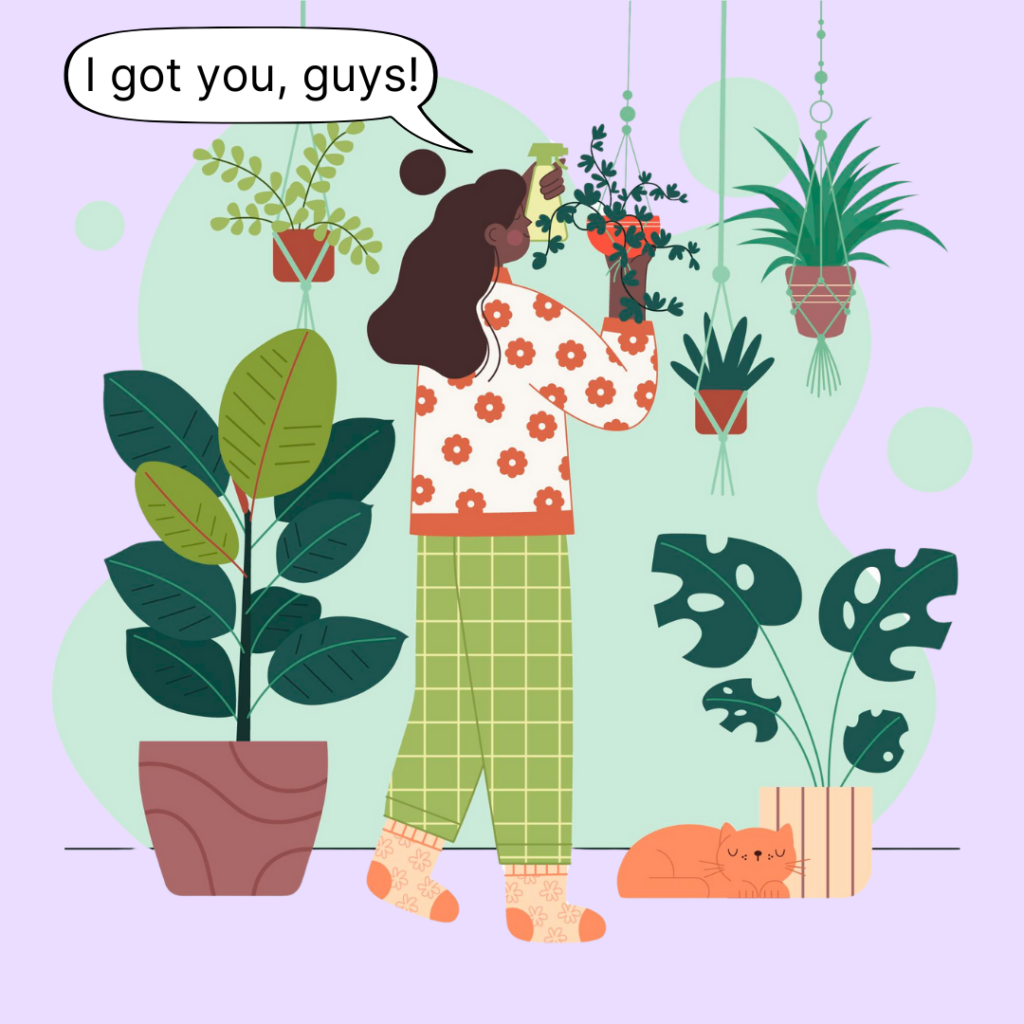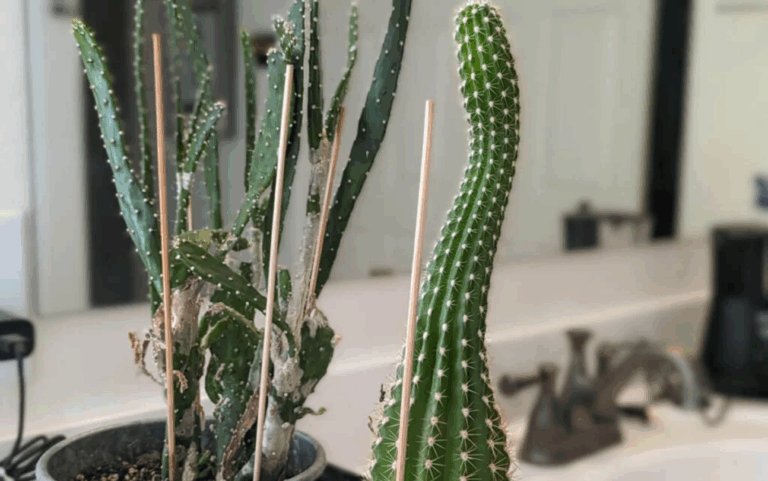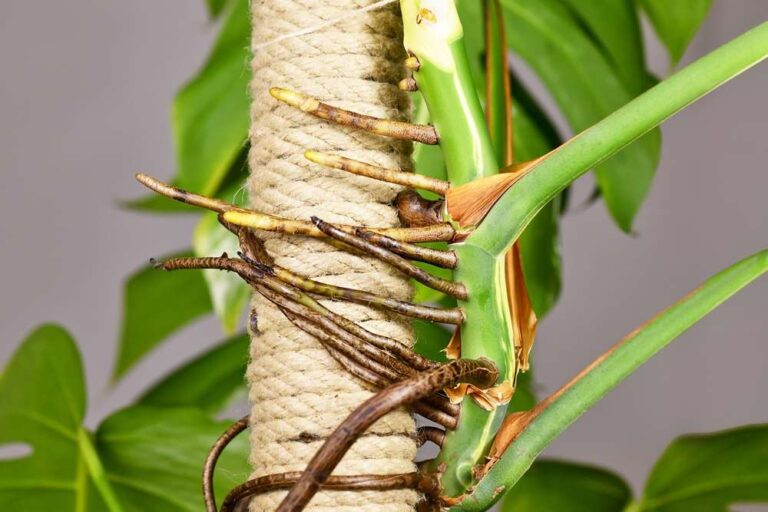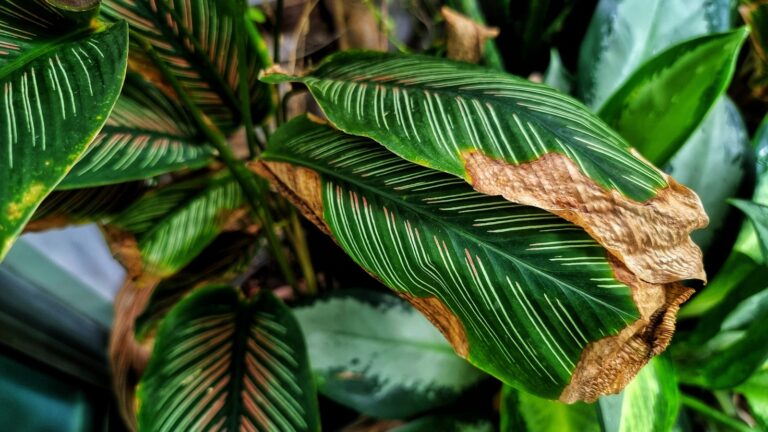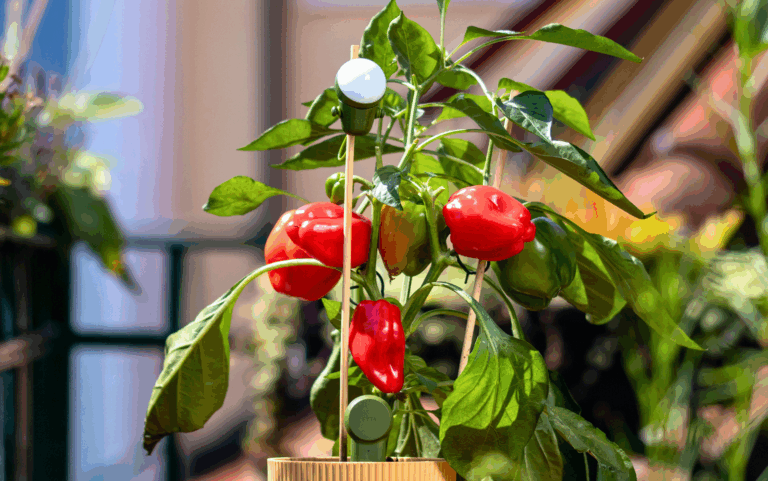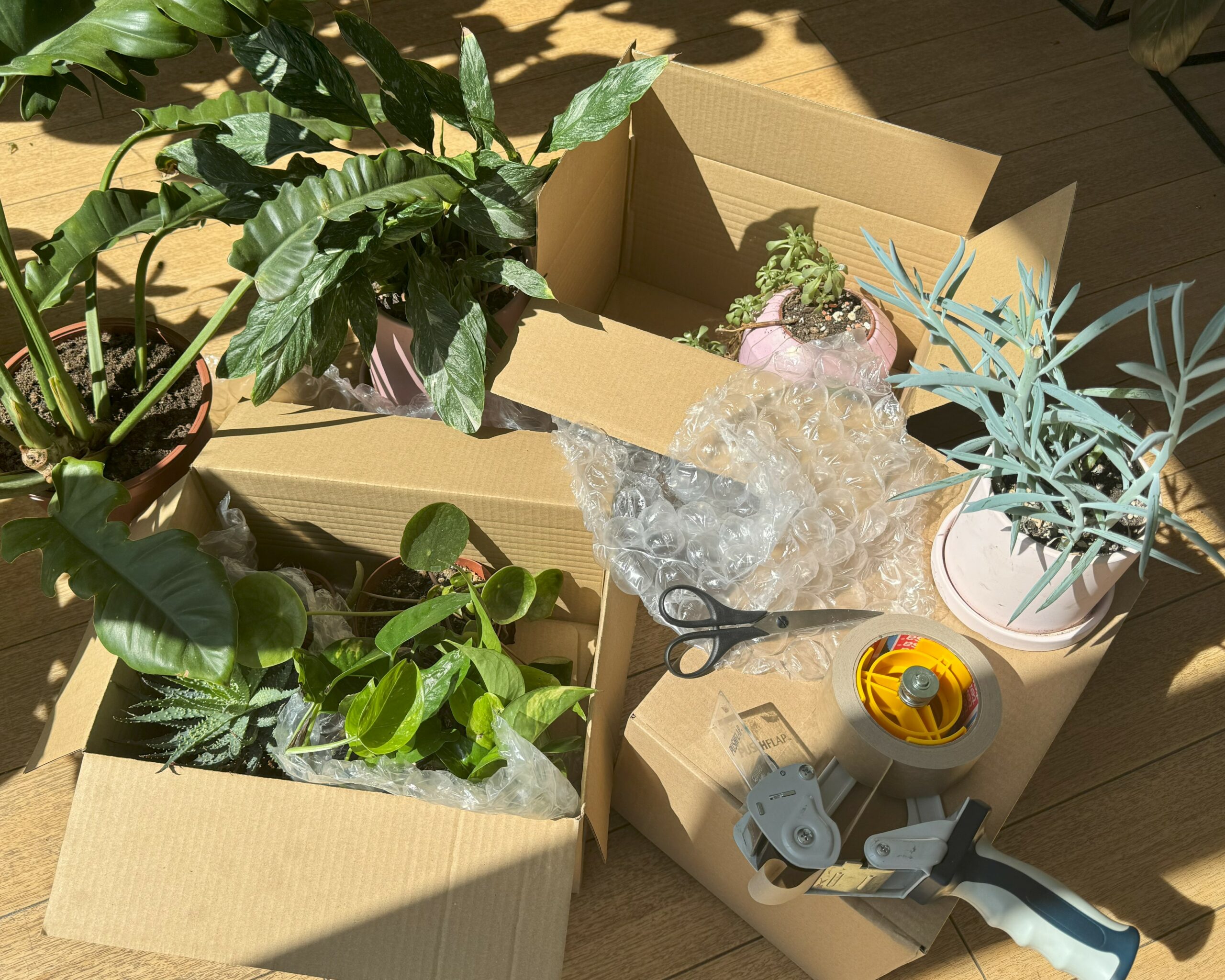
If you love plants like we do, you have cared for them, looked after them and invested time and money in them. They are a big part of your daily life and are part of the family. You’re about to move house and it’s clear that your plants have to go with you.
Moving with plants: A move always means stress, not only for you but also for your plants. However, there are a few things you can do to minimize the stress for everyone.
Preparations
You are no doubt looking forward to furnishing your new home in a cozy way. It makes sense to plan your plants as an integral part of your furnishings and reserve the best light spots for them. Prioritize the environmental requirements of your plants and plan where furnishings should be placed accordingly.
If you are afraid of breaking your favorite pots, you can repot your plants in plastic pots 2-3 weeks before the move. Repotting early minimizes the risk of your plants suffering a shock due to too many changes in quick succession.
Cut back overhanging, diseased or dead parts. This makes the plants less bulky during transportation.
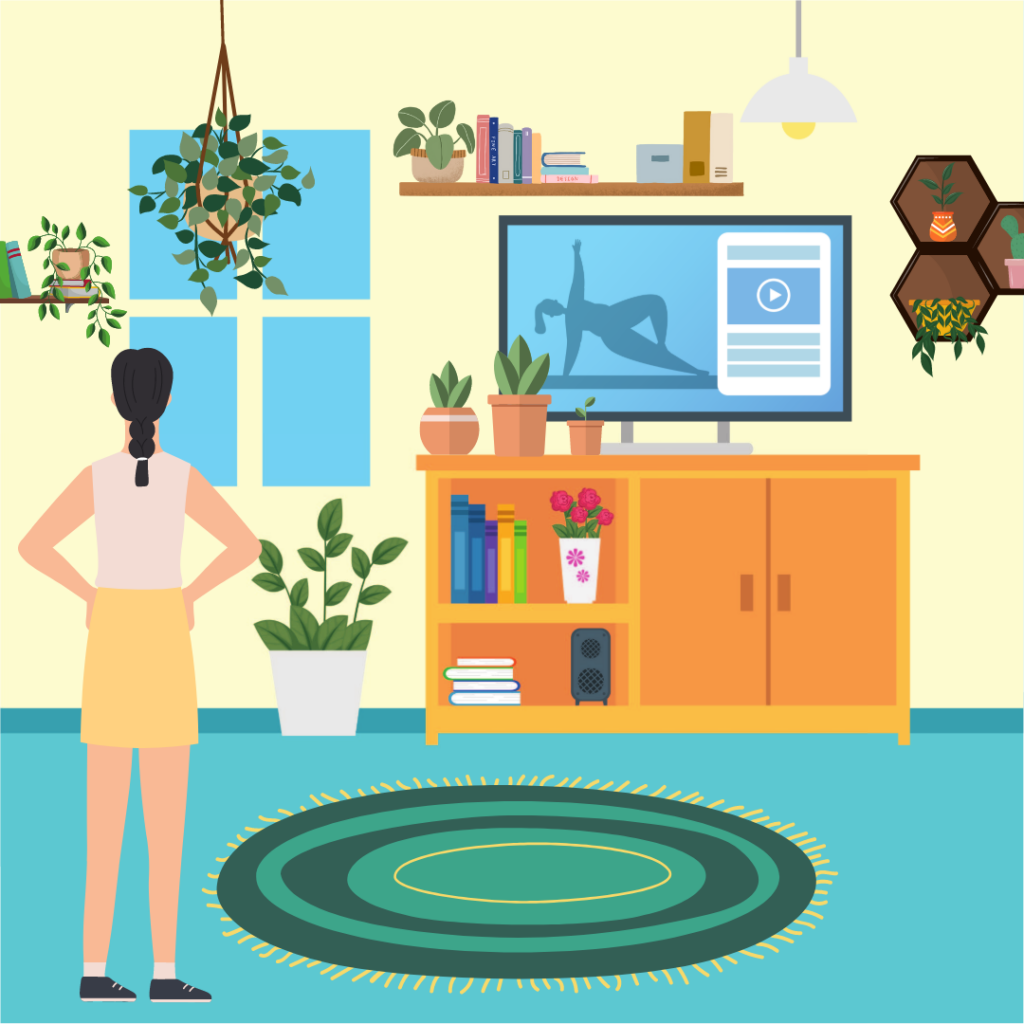
Day of the move
It is now a good idea to tie the shoots of large plants together and possibly wrap the plant in bubble wrap or cardboard. Prickly plants should also be wrapped to avoid injury.
To prevent the substrate from falling out of the pots, you can seal them with tape or cardboard.
Long, loose aerial roots can be attached to the pot in a kind of snail with masking tape (please do not use highly adhesive tape).
Smaller plants can be carefully packed in cardboard boxes. For more stability, you should seal the boxes with adhesive tape at the bottom, not just stick them together. Pad the bottom of the box with soft material. Put crumpled up newspaper or bubble wrap between the pots to prevent them from bumping into each other and breaking. You can also put the balls of newspaper between the shoots of plants. This prevents them from bending and breaking easily.
In the van, large plants that are not packed in boxes but are standing on the ground should be well secured with lashing straps. They can also be clamped between large, secured pieces of furniture.
In case the moving boxes are not very robust, you should place the ones with the plants on top and also secure them well.
If you want to move cuttings, wrap them and their roots in wet cloths and put them in cardboard cylinders (kitchen roll, toilet roll).
Temperature shocks
Moving in winter often means temperatures below freezing. It is particularly important to protect your plants well from the cold temperatures. You can do this by keeping the time the plants are in the cold as short as possible. Many house plants are of tropical origin and suffer a severe shock after just a few minutes in sub-zero temperatures, which can either weaken them considerably or even kill them. A thick layer of bubble wrap around the foliage and pot can help.
When moving in summer, you should keep the moving van at a comfortable temperature. Tightly wrapped plants quickly get heat stress when the car stands in the sun and heats up.
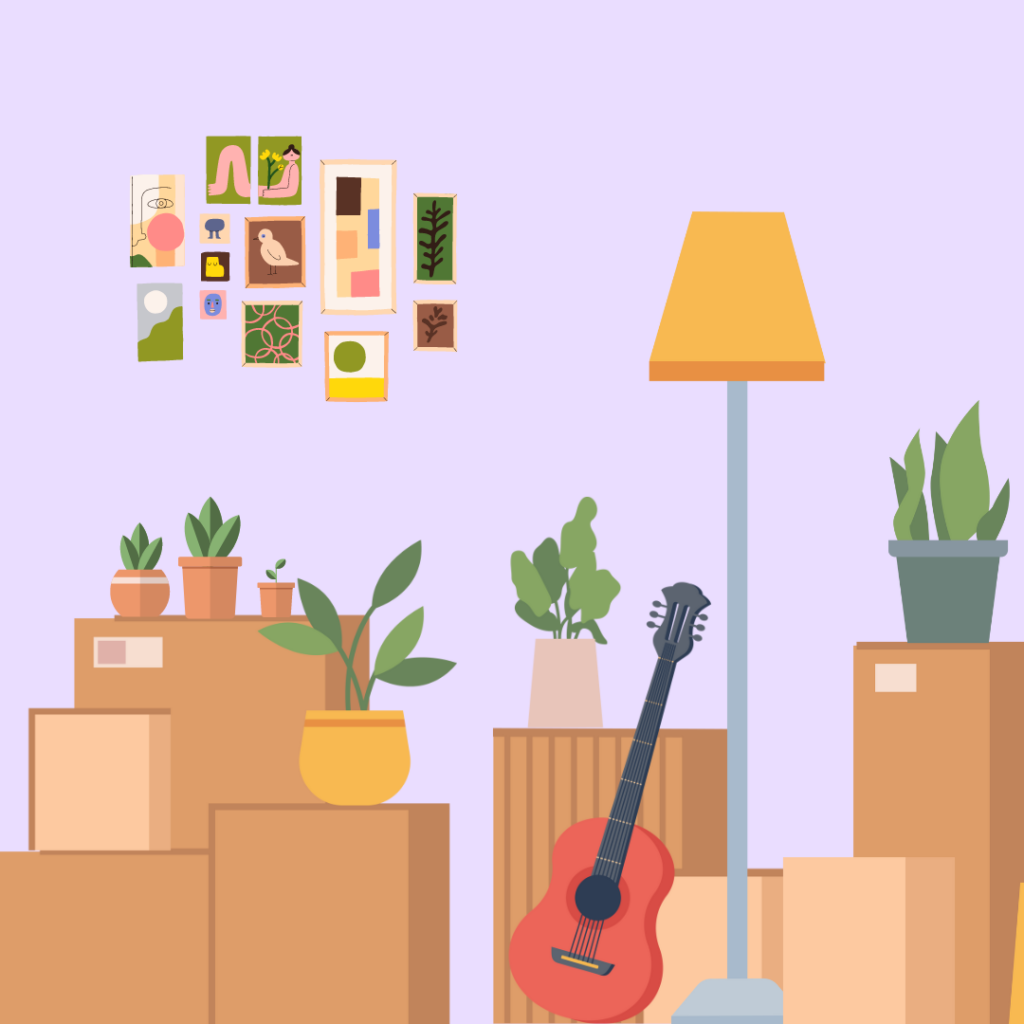
Arrival at the new home
The following applies when moving with plants: the plants are the last to be packed and the first to be unpacked. Now it is important to provide your plants with light and air again quickly. So remove all the material you have wrapped around your plants. Unpack the boxed plants and place them close to a bright window with indirect sunlight until you have time to give each individual plant its perfect location. Depending on how long they have been in transit, some plants may look thirsty and dry. Give them a drink of water straight away.
If you repotted your plants in plastic pots before moving them, wait at least 2 weeks before putting them back in their original pots and ideally give them some fresh soil straight away.
Now your loved ones need time to recover from the strain. Some may show a few yellow leaves and look a little sad. This is not unusual and often unavoidable. They need a lot of love now and a person who knows their needs. Luckily they have you 🙂 If you don’t know what to do, ask the FYTA Beam for support. It knows about temperature shocks, for example, and can tell you exactly what your plant needs after a stressful move.
